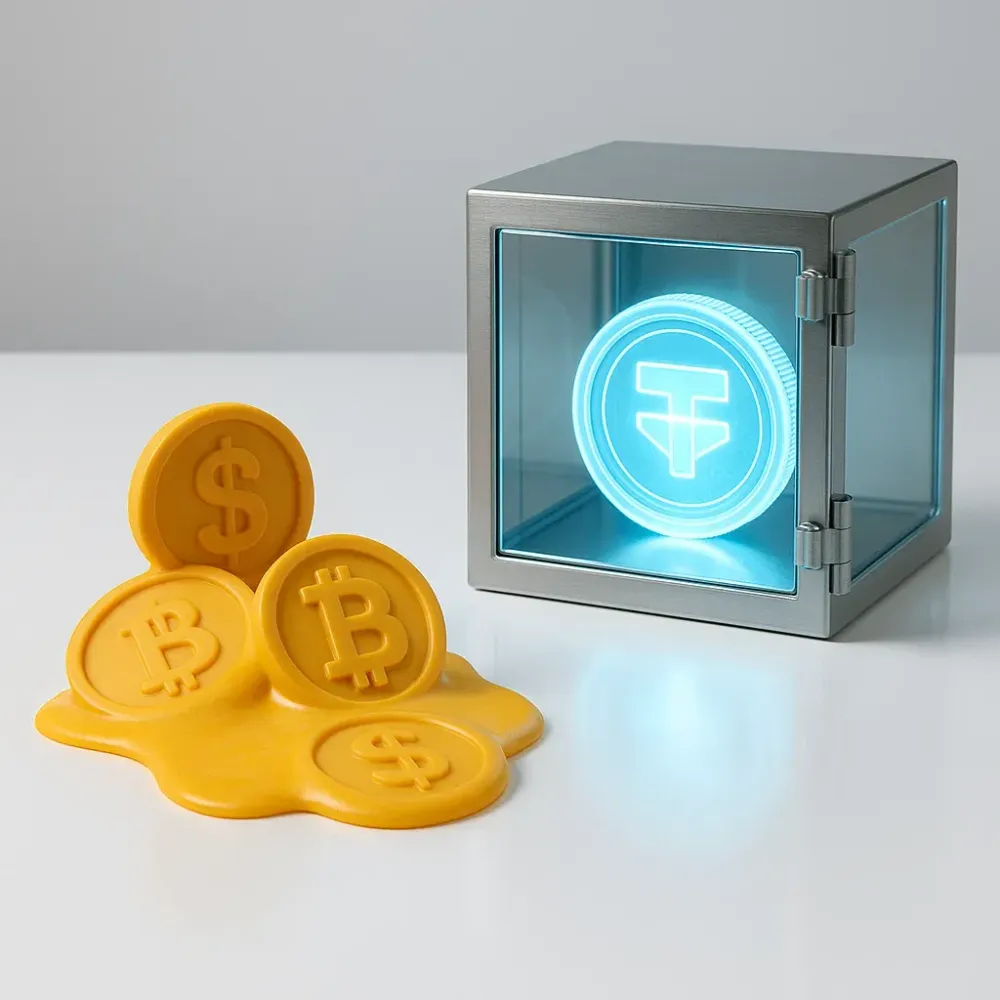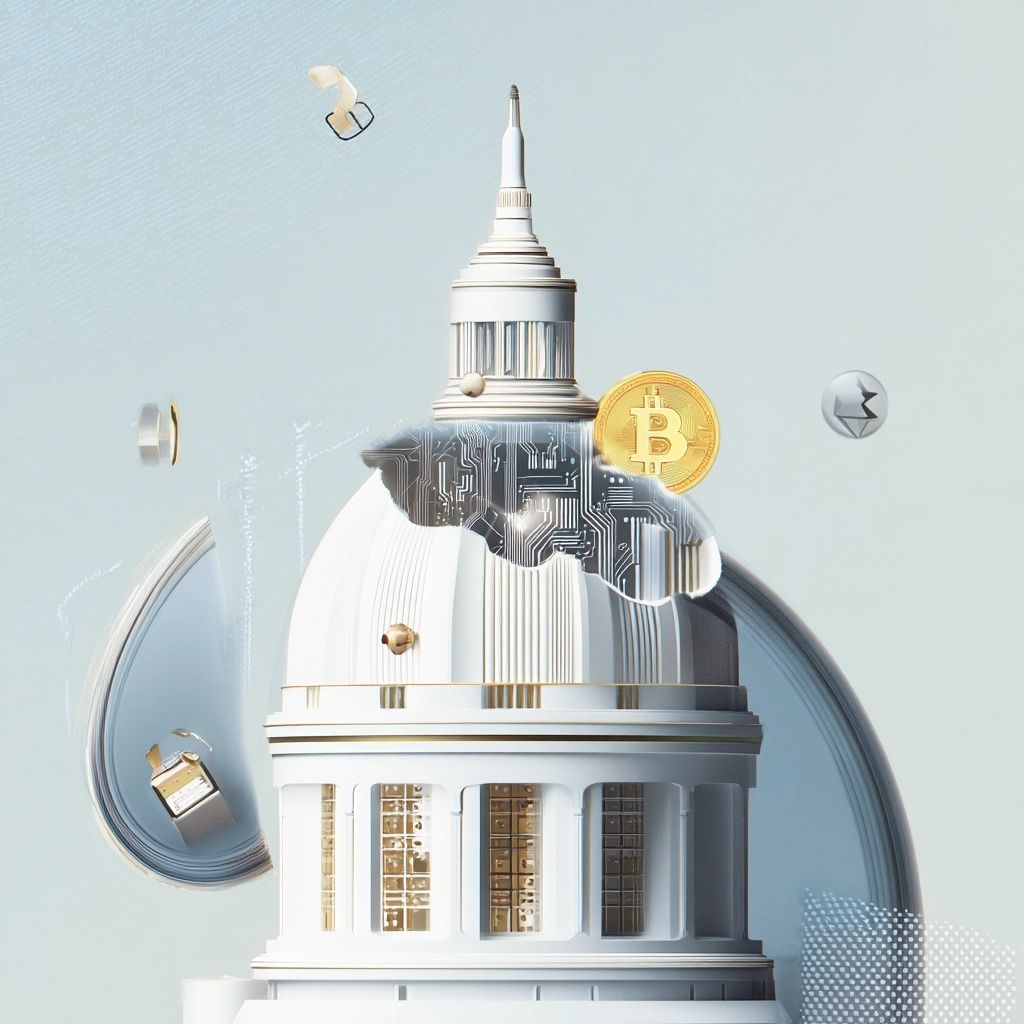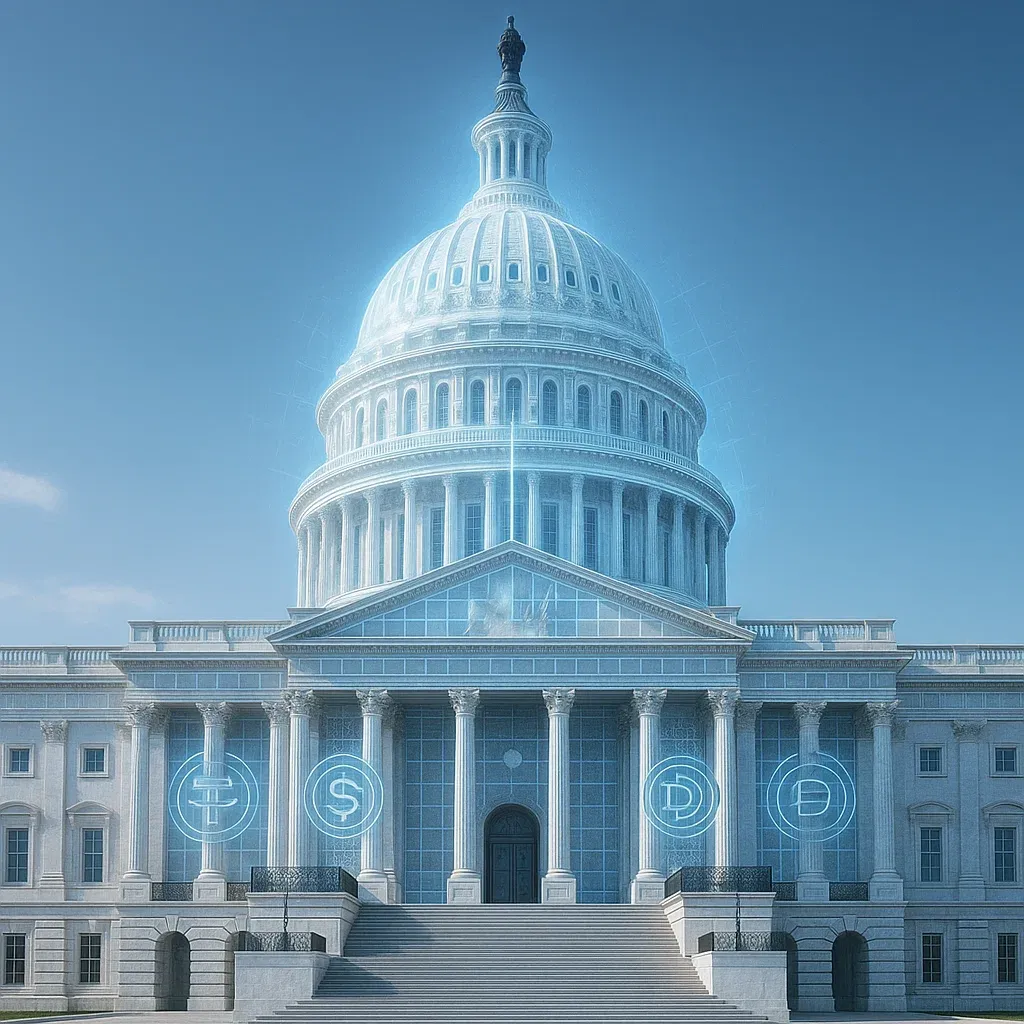BIS Declares Stablecoins Not Real Money, Pushes for Tokenized Central Bank Systems
🪙 “Stablecoins Are Not Money”: BIS Says the Quiet Part Out Loud
The Bank for International Settlements just dropped a truth bomb on crypto's favorite narrative. Stablecoins? Not real money. The future? Tokenized money — but only if central banks run the show.
🧊 Stablecoins Flunk the Money Test
Stablecoins were supposed to be the perfect mashup: crypto speed + fiat stability. But according to the BIS, they fail at being actual money. Here’s why:
- 🪙 Singleness: Real money is accepted equally by everyone. Stablecoins? Too many issuers, too much price variation. Feels like the wild west of old private banknotes.
- 🪙 Elasticity: A solid money system flexes to fit the economy. Stablecoins are rigid — they need 100% collateral upfront. No room to scale.
- 🪙 Integrity: Money should be clean. Stablecoins often skip proper KYC/AML, making them ideal tools for fraud, gambling, and worse.
Bottom line? Stablecoins are fragmented, inflexible, and risky — not fit for a stable financial future.
🧠 Tokenization Is the Real Power Move
While stablecoins crumble under scrutiny, the BIS is placing its bet on tokenization — turning traditional assets into programmable, digital claims.
Their vision? A “unified ledger” that brings together:
- 🏛️ Tokenized central bank reserves
- 🏦 Tokenized commercial bank money
- 📉 Tokenized government bonds
The result? A system where payments, settlement, and asset transfers happen seamlessly — with the trust and safety of a central bank seal of approval.
🏦 Why Central Banks Still Run the Game
Decentralized money may sound cool — but trust still wins.
Central banks provide:
- Final settlement with no questions asked
- Liquidity when markets freeze
- Control over the money supply for economic stability
Without them? You risk parallel currencies, financial fragmentation, and sovereignty breakdown.
🛑 Stablecoins Stay in the Sidecar
BIS isn’t banning stablecoins — but it’s making their lane clear:
- They’re not the backbone of any future monetary system
- At best, they serve as onramps to crypto ecosystems
- Without tight regulation, they’re a risk to stability
Stablecoins might be fast — but fast isn’t always safe.
⚖️ What Needs to Happen Now
If we want programmable money that actually works at scale, central banks need to lead — but not alone.
Here’s the BIS playbook:
- 📣 Set a clear vision for tokenized money
- 🧱 Build the tech stack for tokenized settlements
- 🛡️ Regulate smart — not slow
- 🤝 Team up with the private sector to scale it
The future isn’t DeFi anarchy. It’s central bank-led tokenization with built-in flexibility, finality, and security.
🚧 Already in Motion
The BIS isn’t just writing reports. They’re shipping pilots like:
- 🌍 Project Agorá – Tokenized cross-border payments
- 🌲 Project Pine – Central bank liquidity ops on token rails
We’re not talking 2030. We’re talking now.
⚡ TL;DR
💥 BIS says stablecoins aren’t money: too fragmented, inflexible, and insecure 🧠 The real future? Tokenization led by central banks 📒 Unified ledgers will combine reserves, deposits, and bonds 🛡️ Central banks = trust, flexibility, final settlement ⚠️ Stablecoins may stick around, but only on the sidelines 🚀 BIS is already testing tokenized systems like Agorá and Pine Get ready for programmable money — but it’s gonna be centralized AF.

Recent News
All Time High • Live
Have questions or want to collaborate? Reach us at: info@ath.live











